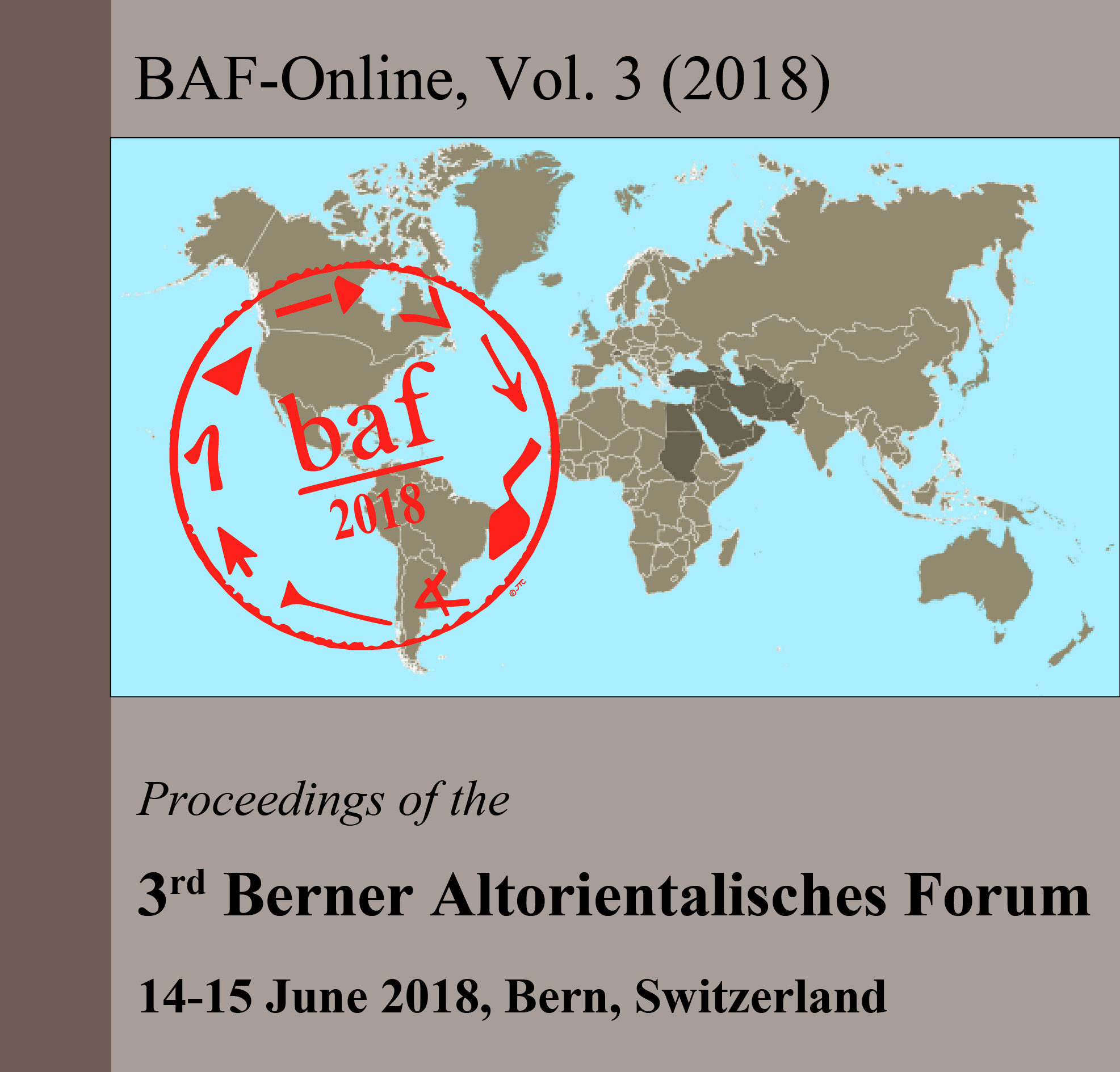Tiny House, Big Labor: Estimating the labor investment in Iron Age mobile dwellings
DOI :
https://doi.org/10.22012/baf.2018.08Résumé
Tents have an iconic place in anthropologists’ vision of Southwest Asia, largely through ethnographic analogy to the Bedouin black tent. Yet, tent nomadism and tent caravans emerged relatively recently during the Iron Age (c. 1200-568 BCE). Iconography, texts, and archaeology suggest that increased exploitation of tents as temporary or mobile housing would have required the use of large quantities of woven fabric. Yet, archaeologists have not considered the labor that members of the Iron Age population invested first in spinning fibers into yarn and then weaving these threads into cloth. This paper draws on published methods to estimate the labor investments required to produce the fabric structures from Iron Age Southwest Asia. The results demonstrate that although tents were well suited to mobility strategies, they were not inexpensive or disposable. Comparison to ethnographic examples from historic Southwest Asia supports the conclusion that tents were the result of large amounts of raw material and countless hours of work and coordination.
Téléchargements
Publié
Numéro
Rubrique
Licence

This work is licensed under a Creative Commons Attribution 4.0 International License.



